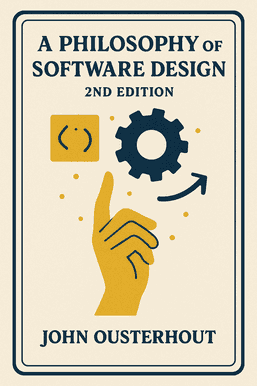What is
A Theory of Fun for Game Design about?
A Theory of Fun for Game Design explores how fun in games arises from learning and mastering patterns within risk-free systems. Raph Koster argues that games act as teaching tools, using interactive challenges to engage players cognitively. The book also positions games as cultural art forms, bridging psychology, design, and education to analyze what makes games compelling.
Who should read
A Theory of Fun for Game Design?
Aspiring game designers, psychology enthusiasts, and educators will find value in this book. It’s ideal for those seeking to understand the cognitive foundations of engagement, though experienced designers may find its theories more foundational than practical. Educators interested in gamified learning will also gain insights into structuring interactive experiences.
Is
A Theory of Fun for Game Design worth reading?
Yes, for readers new to game theory or psychology. Raph Koster’s accessible exploration of learning-driven fun offers a framework for designing engaging systems. However, those seeking step-by-step design guides may prefer more technical resources. Critics note its theoretical focus lacks concrete implementation strategies.
What are the key concepts in
A Theory of Fun for Game Design?
- Fun as learning: Mastery of patterns and problem-solving drives enjoyment.
- Games as teachers: Interactive systems convey skills and ideas through trial and error.
- Cognitive loops: Balanced challenge and reward structures maintain engagement.
- Cultural impact: Games can evolve into respected artistic mediums.
How does Raph Koster define "fun" in the book?
Koster defines fun as the pleasure derived from understanding and solving complex systems in a low-risk environment. He ties this to brain chemistry, where mastering patterns releases dopamine, creating a feedback loop that sustains player interest.
What quotes are highlighted in
A Theory of Fun for Game Design?
- “Fun is figuring out complex systems and solving problems in a risk-free environment”
- “Games are teaching tools that make learning addictive”
These lines summarize Koster’s thesis on the intersection of cognition, play, and education.
Does
A Theory of Fun for Game Design discuss the educational value of games?
Yes. Koster positions games as powerful educational tools, using interactivity to teach problem-solving and pattern recognition. He argues that well-designed games naturally align with how brains process information, making learning intuitive and engaging.
What criticisms exist about
A Theory of Fun for Game Design?
Critics note the book’s oversimplification of psychology for readers with academic backgrounds and its lack of actionable design advice. Some argue its focus on “fun” overlooks emotional or narrative-driven game elements.
How does the book relate game design to psychology?
Koster links game mechanics to cognitive processes, such as pattern recognition and dopamine-driven rewards. He explains how challenges that match player skill levels create “flow,” aligning with psychologist Mihaly Csikszentmihalyi’s theories of engagement.
Can
A Theory of Fun for Game Design help non-game designers?
Yes. Its insights into motivation and learning apply to UX design, education, and behavioral economics. Koster’s emphasis on cognitive diversity encourages creating inclusive systems, relevant to fields beyond gaming.
Has Raph Koster applied these theories in his own games?
As lead designer of Ultima Online and creative director of Star Wars Galaxies, Koster implemented systems emphasizing player-driven economies and social interaction—practices aligned with his theories on emergent gameplay and community-driven learning.
How does this book compare to other game design books?
Unlike technical guides (e.g., The Art of Game Design), Koster’s work focuses on the “why” behind fun rather than the “how.” It complements theory-heavy texts like Rules of Play but stands out for its accessible, interdisciplinary approach.














